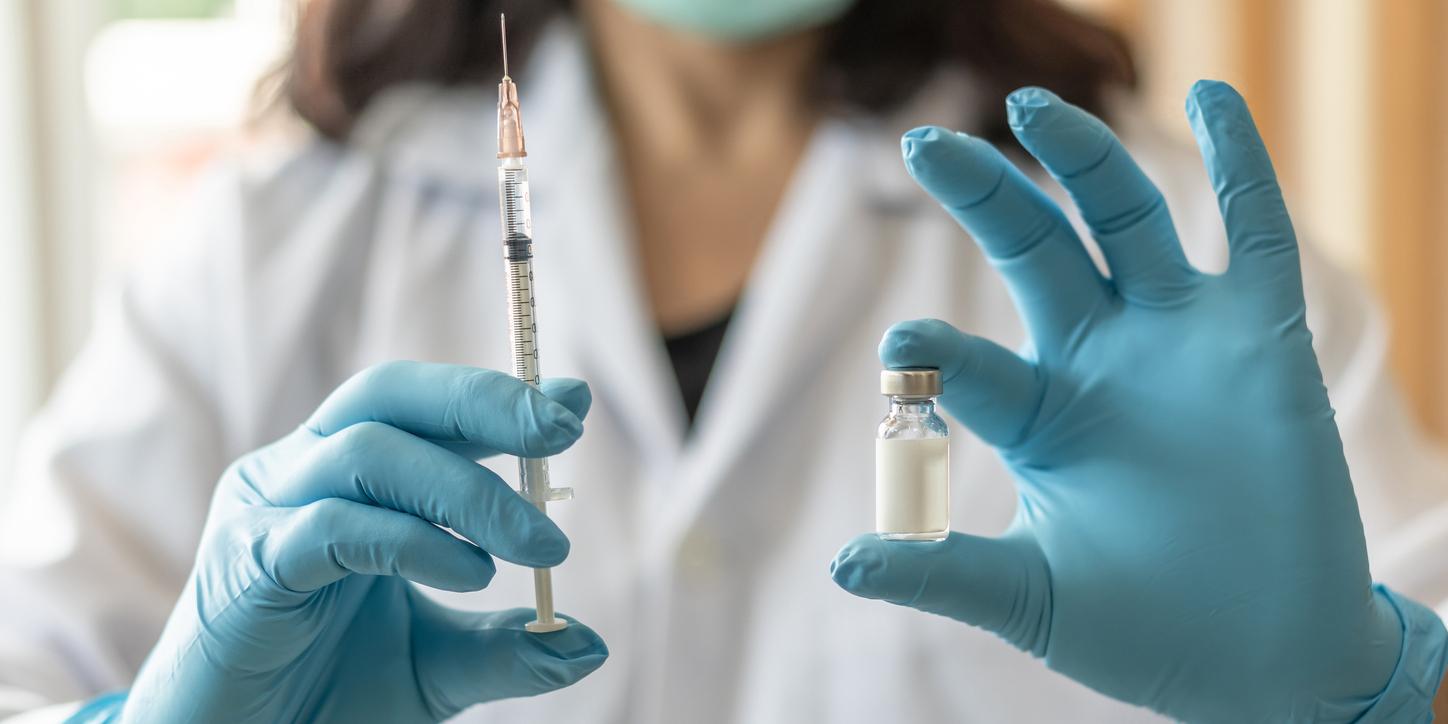New research on the syphilis could make it possible to develop a vaccine, according to the results of a study published in the medical journal mBio. This sexually transmitted disease poses serious health problems. Syphilis is the second leading cause of stillbirths and miscarriages worldwide. Untreated, it can cause stroke, dementia and other neurological diseases.
Despite efforts to eradicate it, the syphilis is increasing. The World Health Organization estimates that 10.7 million people between the ages of 15 and 49 had syphilis in 2012, and about 5.6 million people get it each year. In the United States, its prevalence is increasing, particularly among men who have sex with men. In many developing countries, the disease is growing among sex workers and their clients.
For a long time, health agencies have tried to eliminate syphilis by treating people who contract it and their sexual partners… But this method is limited by the willingness and ability of people to reveal their partners and the difficulty in diagnosing the pathology.
“Syphilis is the great imitator, it can mimic hyperpigmentation or other diseases,” says Dr. Juan C. Salazar, director of pediatrics at UConn Health and chief medical officer of Connecticut Children’s Medical Center.
A step towards the vaccine
Researchers at the University of Connecticut in the United States have identified external proteins present on bacteria that could constitute promising vaccine targets. They allow our immune system to identify pathogenic cells. Scientists looked at the genetic code of T. pallidum, the disease-causing bacterium in hopes that the genes for its exterior proteins would resemble genes from other bacteria.
The researchers developed antibodies for these proteins to attach well to the outside of intact T. pallidum bacteria.
“To develop a vaccine, you need the outer membrane protein that varies the least. It’s done,” explain the researchers who plan to use them to immunize rabbits to prove the effectiveness of their vaccine. Trials will also be carried out with various types of syphilis.
Read also :
STIs: what are the risks of transmission according to sexual practices?
The return of “disappeared” diseases
HIV and syphilis: a smartphone would be able to detect them
















